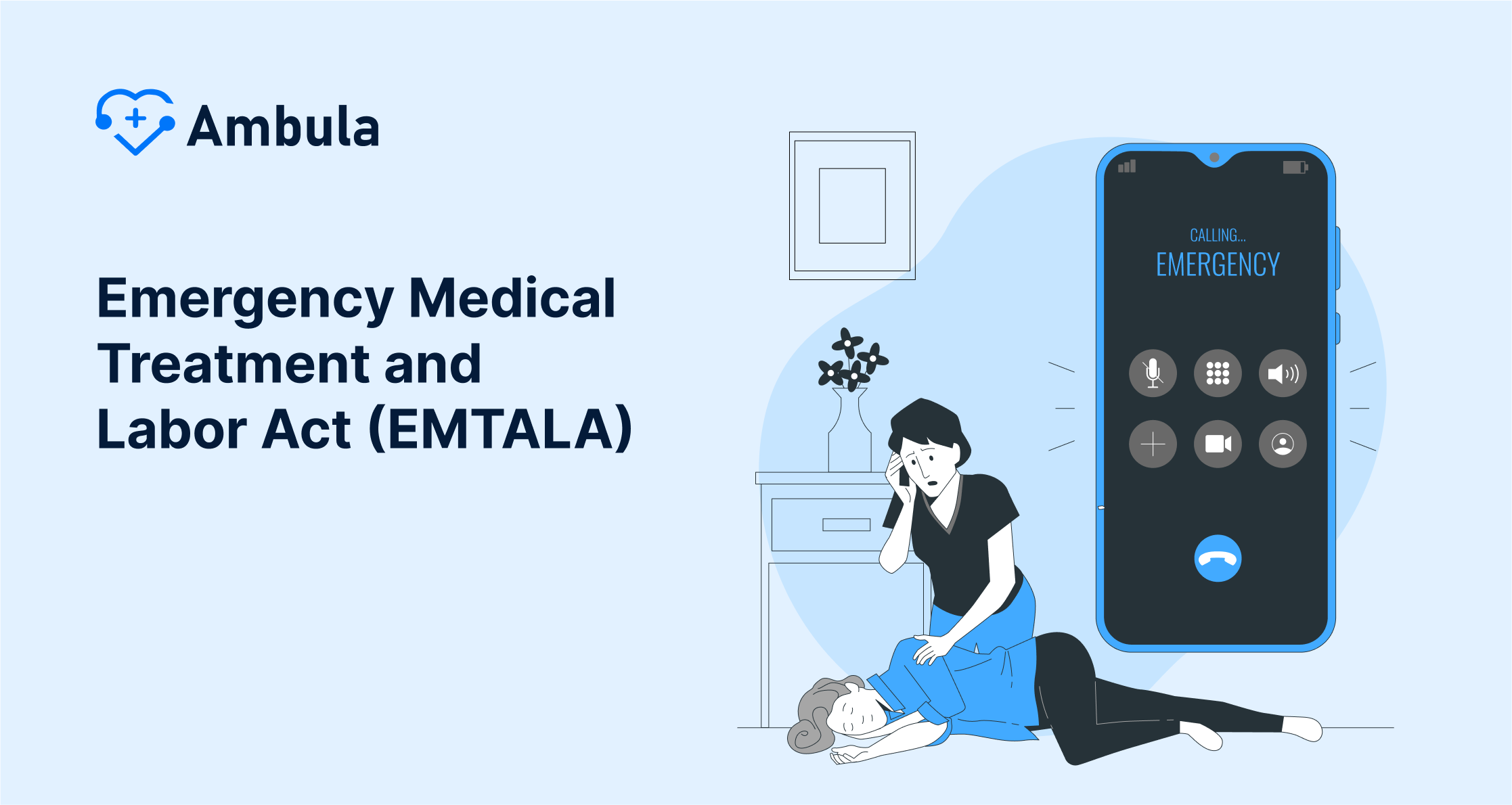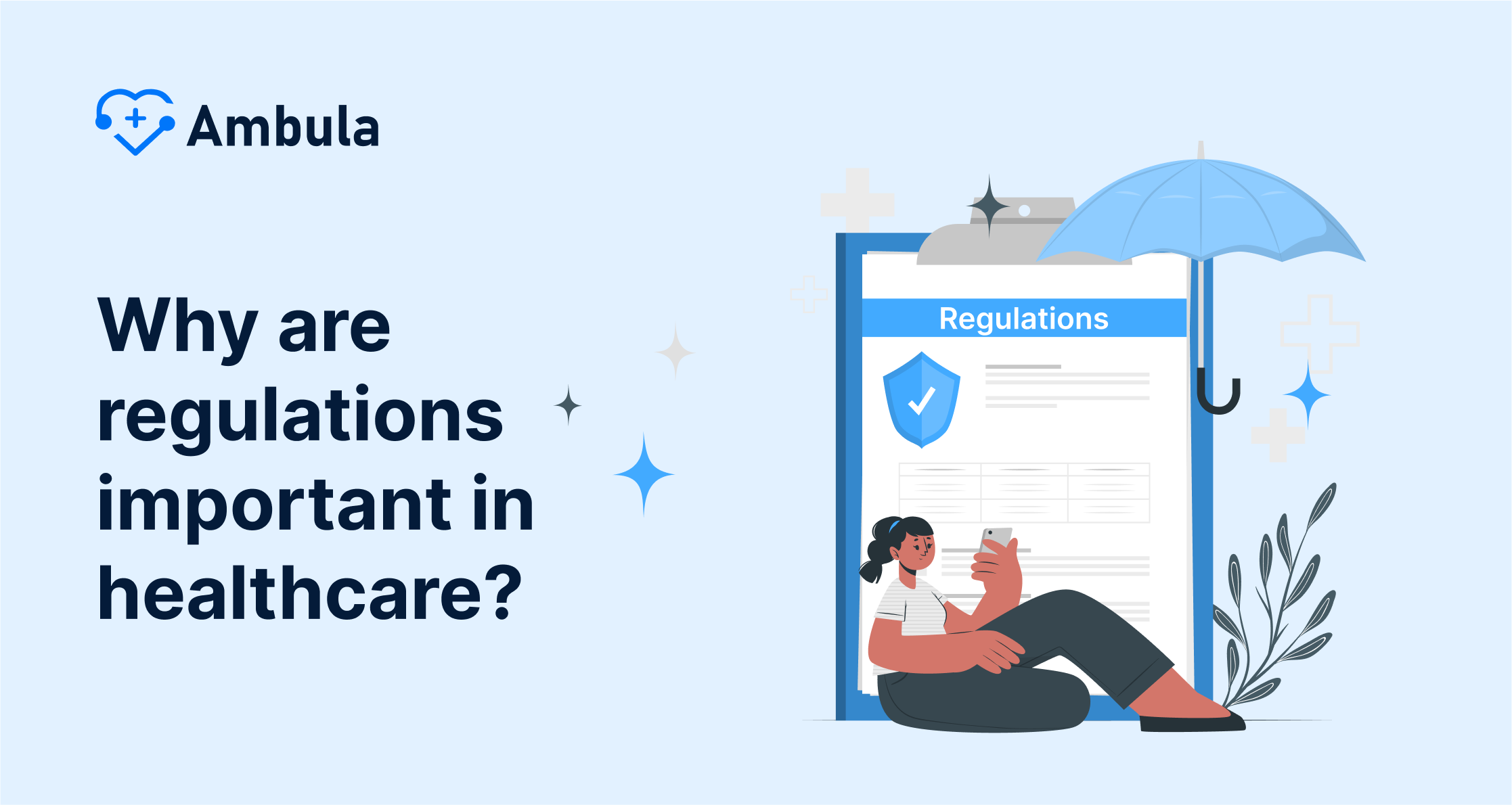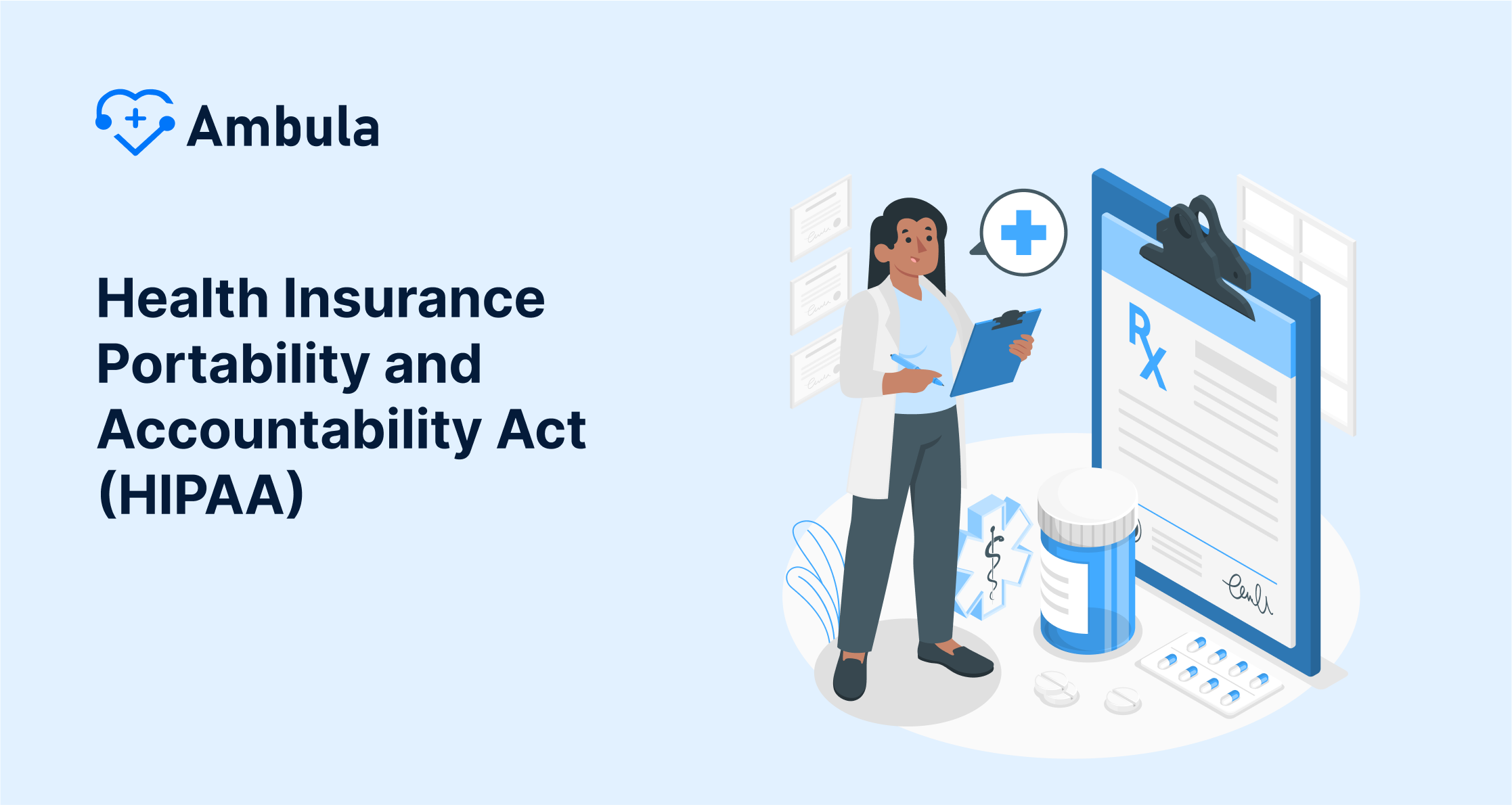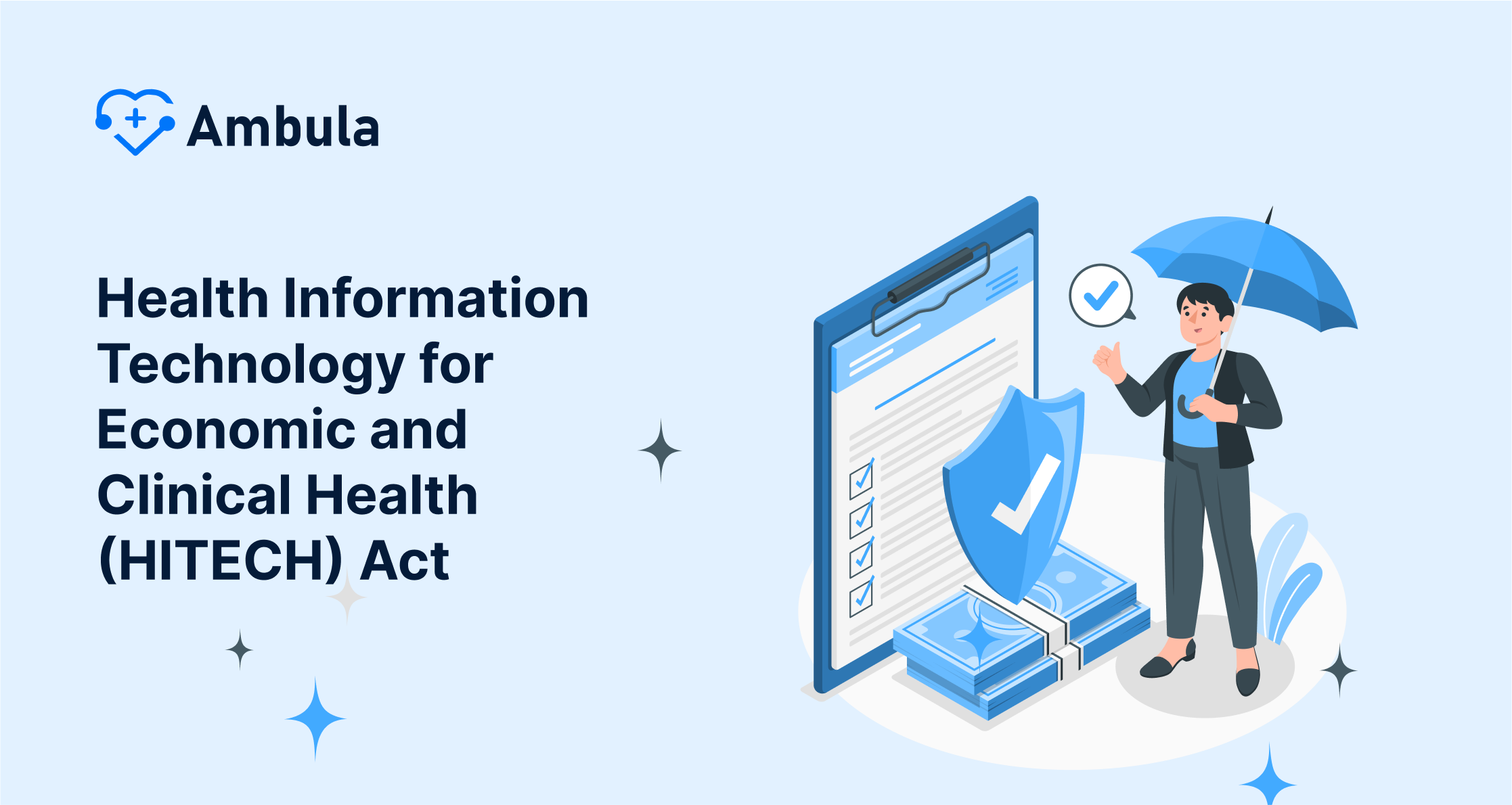
The healthcare industry operates within a complex framework of laws and regulations. These rules and guidelines are crucial, though they may seem intricate from the outside. These regulations aren’t arbitrary constraints or paperwork hurdles designed to make life difficult for healthcare providers. On the contrary, they are carefully crafted guidelines designed to safeguard patients, ensure superior healthcare delivery and promote ethical practices. This translucent tapestry of rules and regulations can appear complex or even puzzling for those on the outside looking in. However, understanding their importance and the purpose they serve bring clarity to their existence. To elucidate this, let’s delve into the heart of these regulations and explore why they are indeed indispensable in healthcare.
Why are regulations important in healthcare?
Regulations in healthcare are vital for a myriad of reasons, specifically around ensuring quality, safety, and effective operation of healthcare services. First and foremost, they serve to protect the rights and health of patients. For instance, regulations like the Health Insurance Portability and Accountability Act (HIPAA) in the US, ensure that healthcare providers protect patient health information, while other regulations ensure patients receive informed consent prior to treatment.
The overall quality of care is enhanced by regulations that outline certification guidelines and operational standards for healthcare providers and facilities. These regulations also establish minimum standards for training and qualifications of healthcare professionals, which further underpin the quality of care delivered to patients. Furthermore, these standards encourage the use of best practices and evidence-based medicine, ensuring that patients receive the best care possible.
Here are five of the most important regulations that impact healthcare practices:
1. Health Insurance Portability and Accountability Act (HIPAA)
HIPAA is a federal law that protects the privacy and security of patient’s health information. It applies to all healthcare providers, health plans, and clearinghouses that transmit health information electronically.
HIPAA requires healthcare organizations to implement and maintain safeguards to protect patient information from unauthorized access, use, disclosure, modification, or destruction. It also gives patients rights over their health information, such as access to their records and request corrections.
HIPAA has had a significant impact on healthcare practices. Healthcare organizations have had to invest in new technologies and procedures to comply with HIPAA’s privacy and security requirements. Healthcare providers have also had to change their practices to protect patient information. For example, they must now obtain patient consent before sharing their information with anyone outside of their organization.
Hipaa It lays out five primary rules, each addressing different aspects of protecting and managing medical data:
- Privacy Rule: This core rule governs how covered entities (healthcare providers, health plans, and clearinghouses) can use and disclose PHI. It outlines individuals’ rights to access, amend, and request confidential communications regarding their health information.
- Security Rule: This rule mandates specific safeguards covered entities must implement to protect electronic protected health information (ePHI). It requires measures like risk assessments, access controls, encryption, and breach notification protocols.
- Transactions and Code Sets Rule: This rule standardizes the electronic exchange of healthcare information through data formats and codes. It aims to streamline administrative processes and reduce errors in claims processing.
- Unique Identifiers Rule: This rule establishes standard identifiers for healthcare providers, health plans, and employers for electronic transactions. It simplifies data exchange and reduces the risk of misidentified patients.
- Enforcement Rule: This rule sets the penalties for non-compliance with HIPAA regulations. It establishes procedures for investigating complaints, conducting audits, and imposing civil and criminal sanctions.
Understanding these five rules is crucial for healthcare organizations and individuals alike.
2. Health Information Technology for Economic and Clinical Health (HITECH) Act
The HITECH Act was passed in 2009 to promote the adoption and meaningful use of health information technology (IT). It provides financial incentives to healthcare providers and organizations that implement and use certified electronic health records (EHRs) and other health IT systems.
The HITECH Act has also strengthened HIPAA’s privacy and security rules. For example, it requires healthcare organizations to report data breaches to the Department of Health and Human Services (HHS) and to affected patients.
The HITECH Act has had a major impact on healthcare practices. Many healthcare providers have implemented EHRs and other health IT systems in order to qualify for the financial incentives offered by the law. The HITECH Act has also helped to improve the quality and efficiency of healthcare delivery.

3. Emergency Medical Treatment and Labor Act (EMTALA)
EMTALA is a federal law that requires hospitals to provide emergency medical care to all patients, regardless of their ability to pay. It also prohibits hospitals from transferring patients to other facilities for financial reasons.
EMTALA has had a significant impact on healthcare practices. Hospitals have had to implement policies and procedures to ensure that they are in compliance with the law. For example, they must now screen all patients for emergency medical conditions, regardless of their insurance status or ability to pay.
EMTALA has also helped to improve access to emergency medical care. Patients can now be confident that they will receive emergency medical care, regardless of their financial situation.
4. Anti-Kickback Statute (AKS)
The AKS is a federal law that prohibits the exchange of anything of value for referrals or services that are paid for by Medicare or Medicaid. This includes kickbacks, bribes, and other forms of financial compensation.
The AKS has had a significant impact on healthcare practices. Healthcare providers and organizations must now be careful not to engage in any activities construed as violations of the AKS. For example, they cannot offer financial incentives to physicians to refer patients to their facilities or services.
The AKS has helped to reduce fraud and abuse in the healthcare system. It helps to ensure that patients are referred to providers and services based on their medical needs, not on financial considerations.
5. Stark Law
The Stark Law is a federal law that prohibits physicians from referring patients to certain designated health services (DHS) paid for by Medicare to another entity with which they have a financial relationship. DHS includes laboratory services, diagnostic imaging services, physical therapy services, and occupational therapy services.
The Stark Law has had a significant impact on healthcare practices. Physicians must now be careful not to refer patients to DHS providers in which they have a financial interest. For example, a physician cannot refer patients to their laboratory or imaging center.
The Stark Law has helped to reduce the risk of self-referral abuse. It helps to ensure that patients are referred to DHS providers based on their medical needs, not on the financial interests of their physicians.
Implementing Policies and Procedures in Healthcare
Creating and maintaining effective healthcare policies and procedures is all about having a thoughtful, systematic approach. It all begins with a careful review of the relevant healthcare laws and regulations. From there, the healthcare practice can develop customized policies and procedures that directly address these important legal requirements. It’s vital that these internal guidelines are clear, concise, and easy for all staff members to understand, no matter their role within the organization. This clarity helps ensure that best practices are consistently applied across the entire healthcare setting.
Regularly reviewing and updating these policies and procedures is essential, as healthcare regulations can change and evolve. By keeping an eye on these updates and making necessary adjustments to internal practices, we can ensure ongoing compliance with regulations and reduce potential legal risks. Taking this proactive approach to compliance management is key to maintaining our operational integrity.
Thorough staff training on these policies and procedures is also crucial for successful implementation. Training programs should not only explain the “what” – the specific details of each procedure and policy – but also delve into the “why” – the important reasons rooted in healthcare regulations and legal frameworks. By sharing the rationale behind these rules, staff gain a deeper understanding of their significance in protecting patient safety, maintaining quality standards, promoting ethical practices, and ensuring legal compliance. This understanding nurtures a culture of compliance and amplifies the effectiveness of the policies and procedures we adopt.
Benefits of Compliance with Regulations
Compliance with regulations is essential for healthcare practices to protect their patients and their businesses. Compliance can help healthcare practices to:
- Avoid costly fines and penalties
- Reduce the risk of lawsuits
- Protect patient privacy and security
- Improve patient care quality
- Maintain a good reputation
Conclusion
Healthcare regulations are complex and can be challenging to comply with. However, healthcare practices need to comply with regulations to protect their patients and their businesses. Dr. Pamela Wible, a primary care physician, discusses the challenges physicians face due to regulatory pressures that sometimes prioritize administrative requirements over patient care. She highlights the importance of physician advocacy in healthcare policy changes, aiming to align regulations more closely with patient care needs (MedicalEconomics).
By implementing and maintaining policies and procedures that address the specific requirements of each law, healthcare practices can ensure that they are in compliance and that they are providing safe and high-quality care to their patients.









